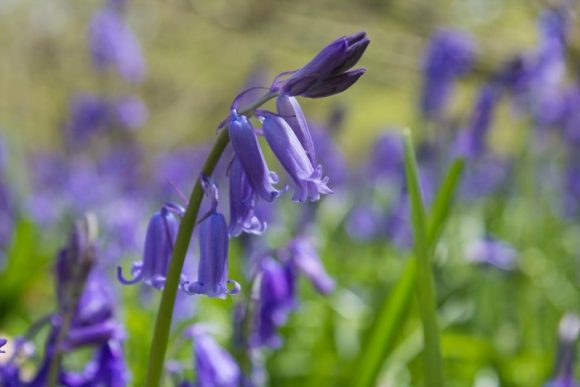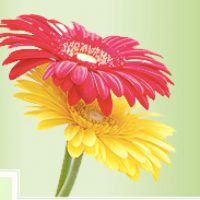All posts tagged english bluebell
Royal, Mysterious And Medicinal: Bluebells Surprising Facts
Hyacinthoides nonscripta, commonly known as English bluebell, common bluebell or bluebell is a perennial, bulbous plant in the Lily (Liiaceae) family. It is native to the western regions of the Atlantic and north-western Spain. Today, the flowering plant is naturalized in many parts of the world including the United States especially in the Pacific Northwest, Great Lakes regions, and other parts of North America. Continue reading [...]

